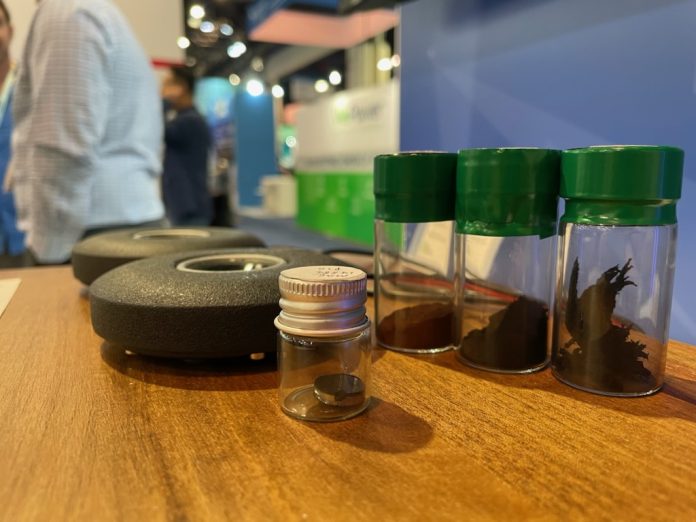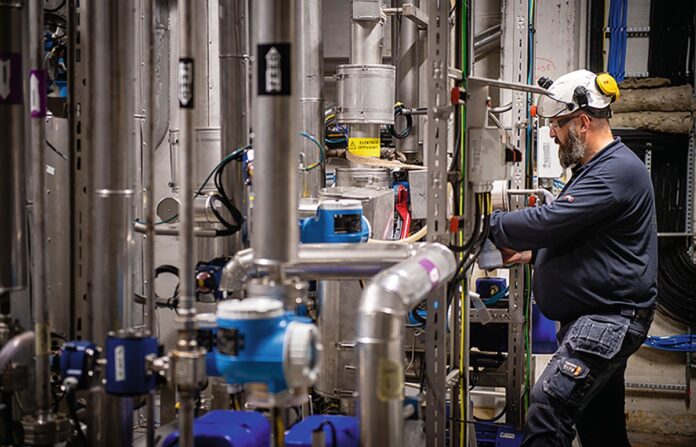On June 9th 2021, they talked about Magnetic Materials at the last Electric Motors Talks, the cycle of highly technical events organized by Coiltech and University of L’Aquila, a joint initiative to promote the exchange of expertise between specialists in Coil Winding and related fields.
The event was initially scheduled only in the morning that however, due to companies’ lively interest in reporting their innovations in this ambit, has enlarged the number of speakers, with the addition of an afternoon session, too: a clear limestone of the importance of this theme.
«The improvement of electric motors’ design, to satisfy the stricter and stricter requisites and standards to be reached, needs innovation of processes and of materials. On the other hand – explained Prof. Marco Villani, professor at University of L’Aquila and technical director of Electric Motor Engineering – the machine performance is the driver that guides design and all of its components, magnet materials included, the protagonists of the energy conversion, with spotlights cast precisely on the efficiency matter. High performance requisites of electric motors in the various applications, and especially in automotive, lead to the research of new magnetic materials and of high magnetic and mechanic properties».
The first speaker was Stefano Fortunati – RINA Consulting – Centro Sviluppo Materiali, who spoke of the Next Generation of Electrical Steel grades for Motor Applications, first dealing with the basic features and production quality, glancing at the market and at NGO global production and consumption trends.
The expert explained also Products Quality and its control, main leverages to regulate final magnetic quality. «Main fundamental metallurgical and physical items for the optimization of Magnetic properties of ES are electric resistivity, non-metallic inclusions, grain size distribution, strip thickness, surface layer and crystallographic texture».
The message is clear: motor manufacturers need new solutions and metallurgical solutions are mainly based on texture improvement to increase polarization, surface engineering to reduce core losses and tailored chemical composition and microstructure to achieve best compromise magnetic-mechanical.
Afterwards, the topics were new measurement methods and magnetic characterization about soft magnetic materials. Luca Ferraris, from the Group of Energy Department – Alessandria Campus – of Turin Polytechnics, brought his competence.
«About Soft Magnetic Composites, we can underline the availability of new technologies for the innovative designs in electrical machines and the advantages are improvements of efficiency and machine performance, new design solutions, losses reduction and machine volume reduction.
SMCs offer different advantages with respect to traditional laminated steel: ferromagnetic isotropic behaviour 3D, flexible design and assembly, low eddy currents and cost and weight reduction».
The professor also spoke of the innovative thermographic method and related benefits, such as non-destructive controls on samples or systems, helpful to tune accurate iron losses models and minimum error due to the internal thermal conductance.
The following presentation was delivered by the company Aperam, represented by Thierry Waeckerlé, who focused on Mechanical and magnetic capabilities and also facilitates the production process, especially speaking of advanced iron-cobalt laminations for improved BEV motors.
The highlighted conclusion refers to the AFK lamination solution, especially AFK502, that «increases power density and, in the same time, lowers the current, the energy required. AFK502 Fully-process, a development by Aperam, allows easy shaping, easy-stamping, ability to strictly keep the component shapes after subsequent annealing required to get very high magnetic performances. AFK laminations are industrially available and developments are ongoing to meet requirements of IPM motor for electric drive even better».
The morning of proceeding ended with Jürgen Klinkhammer from Magnet-Physik, who explained the Quality Control of Permanent Magnets and of magnetic measuring technologies with inherent machines such as the electronic fluxmeter and measuring coil and the details of the measuring of the flux with a different coil. The speech involved also the demagnetization curves of permanent magnets.
Manufacturing of Electric Motors for the Automotive Industry: winding and pm 24/06/2021 10.30-12.00
Insulating Materials 07/07/2021 10.30-12.00
The afternoon session was opened by Koen Vervaeke – Magcam who talked about Fast advanced inspection of PM rotors using magnetic field camera scanners, due to his expertise as manufacturer of advanced magnetic field measurement and analysis solutions. The manager explained in detail the magcam technology, specifically the magnetic of the field camera chip, of PM rotor magnetic fields, of cogging torque analysis and of the runout compensation.
Simone Sgarzi, in representation of SPIN, participated again in the Electric Motors Talks, and this time he delivered the report “From theory to practice and vice versa: how Spin nails final performance prediction thanks to its Lab”.
«With the increasing demand for better efficiency and lower sizes for electrical power applications, especially for e-mobility, it has become very important to accurately calculate with accuracy magnetic performance and power losses.
In this presentation we’re going to take a look at the SpinLab and see what’s going on inside it: in this brief tour we’re going to show you some of our measurement instruments and benches, the most requested analyses from our customers and some of the ways we push the envelope towards innovation on this topic».
Moreover, the expert discussed about how taking into account that real material characteristics might drive changes in design, manufacturing processes and expected thermal and mechanical behaviour of your electrical applications.
At the end of the event, they spoke of Fitting B-H hysteresis data in time dependent and frequency domain FEM analyses with Gabriele Rosati from Comsol, who specifically focused on extracting complex effective permeability from magnetic hysteresis data.
«Given magnetic hysteresis dynamics under harmonic excitation, the aim is identifying the best value of complex relative magnetic permeability for describing such dynamics. In the frequency domain in relative permeability is composed by real part accounting mostly for magnetic saturation and imaginary part accounting mostly for cycle losses. Both real and imaginary part have to consider dependency on the magnetic field intensity».
(by Lara Morandotti)



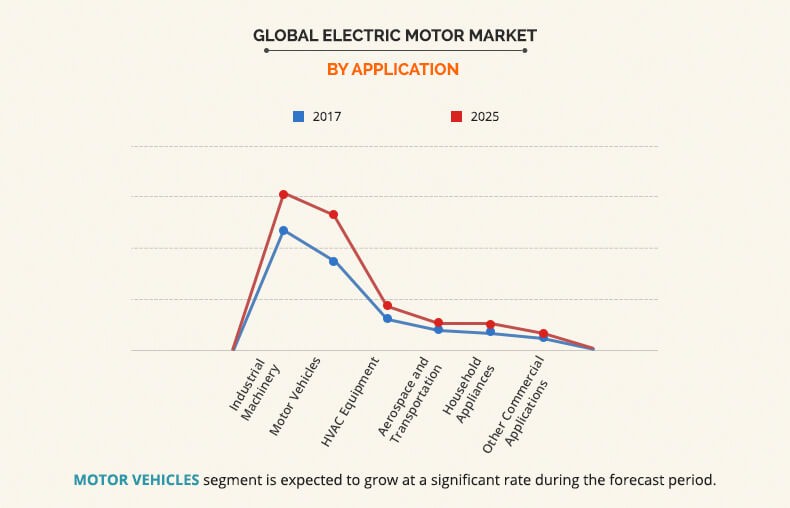
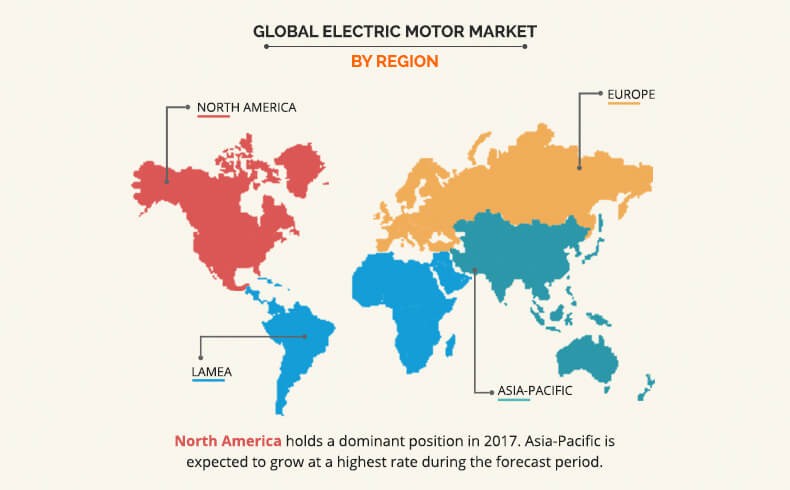
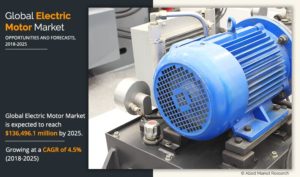

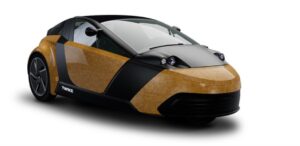 Relevant should be the autonomy supplied by 36 kWh lithium-ion batteries, estimated in 500 km thanks to a foreseen average consumption of 7.2 kWh/100 km. The top version should be joined by a cheaper one with speed limited to 130 km/h and accumulators’ halved size, as well as the mileage. Among the provided technologies, it is worth highlighting the sidestick steering composed by two “joysticks”, one for each hand, and the possibility of “power supply” also from CCS fast-charge columns. Moreover, the Twike 5 should be prearranged for the Vehicle to Grid (V2G) and for the Vehicle to Home (V2H), that is to say batteries’ connection to the national or domestic energy grid.
Relevant should be the autonomy supplied by 36 kWh lithium-ion batteries, estimated in 500 km thanks to a foreseen average consumption of 7.2 kWh/100 km. The top version should be joined by a cheaper one with speed limited to 130 km/h and accumulators’ halved size, as well as the mileage. Among the provided technologies, it is worth highlighting the sidestick steering composed by two “joysticks”, one for each hand, and the possibility of “power supply” also from CCS fast-charge columns. Moreover, the Twike 5 should be prearranged for the Vehicle to Grid (V2G) and for the Vehicle to Home (V2H), that is to say batteries’ connection to the national or domestic energy grid.
